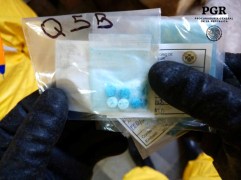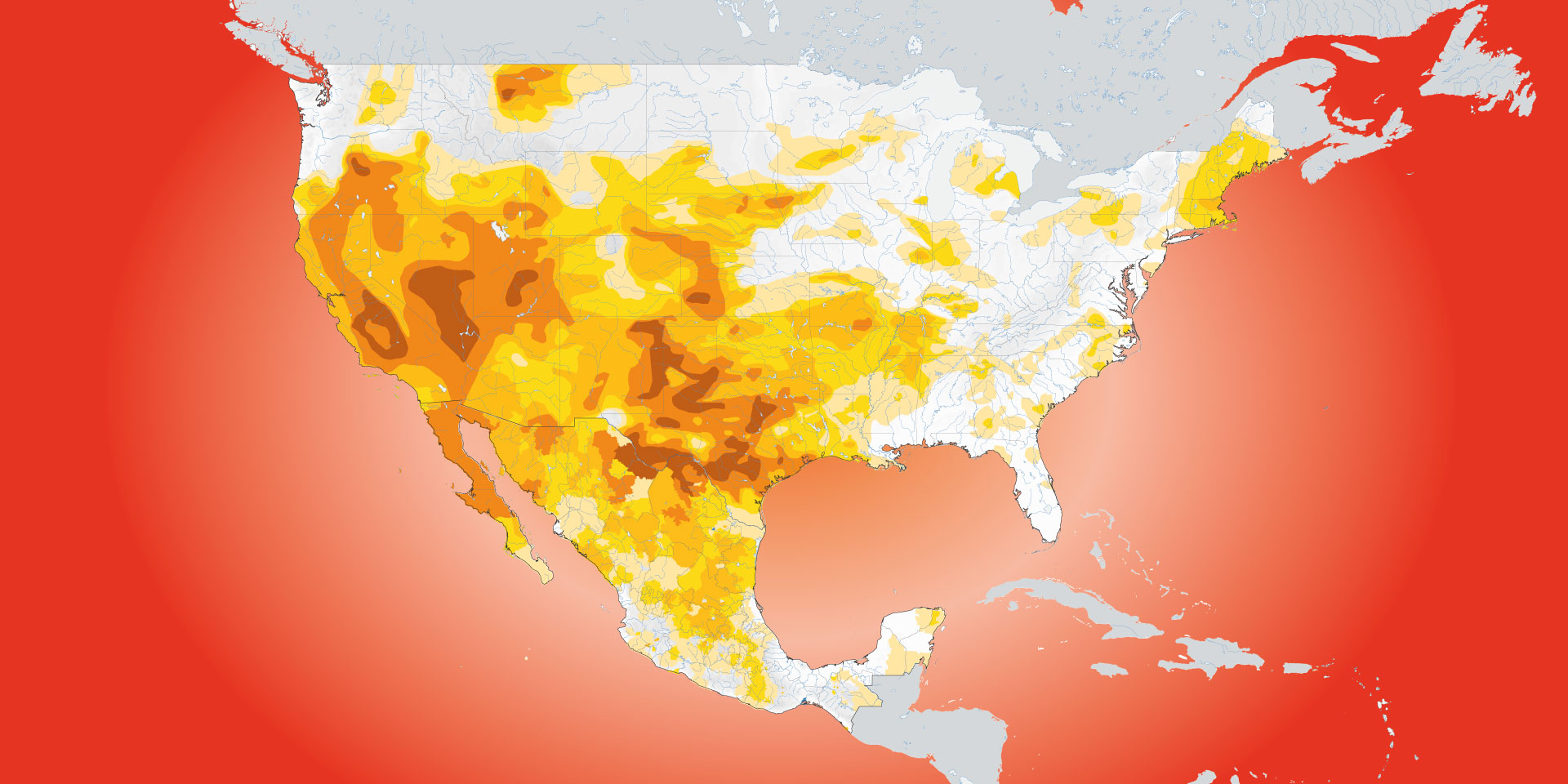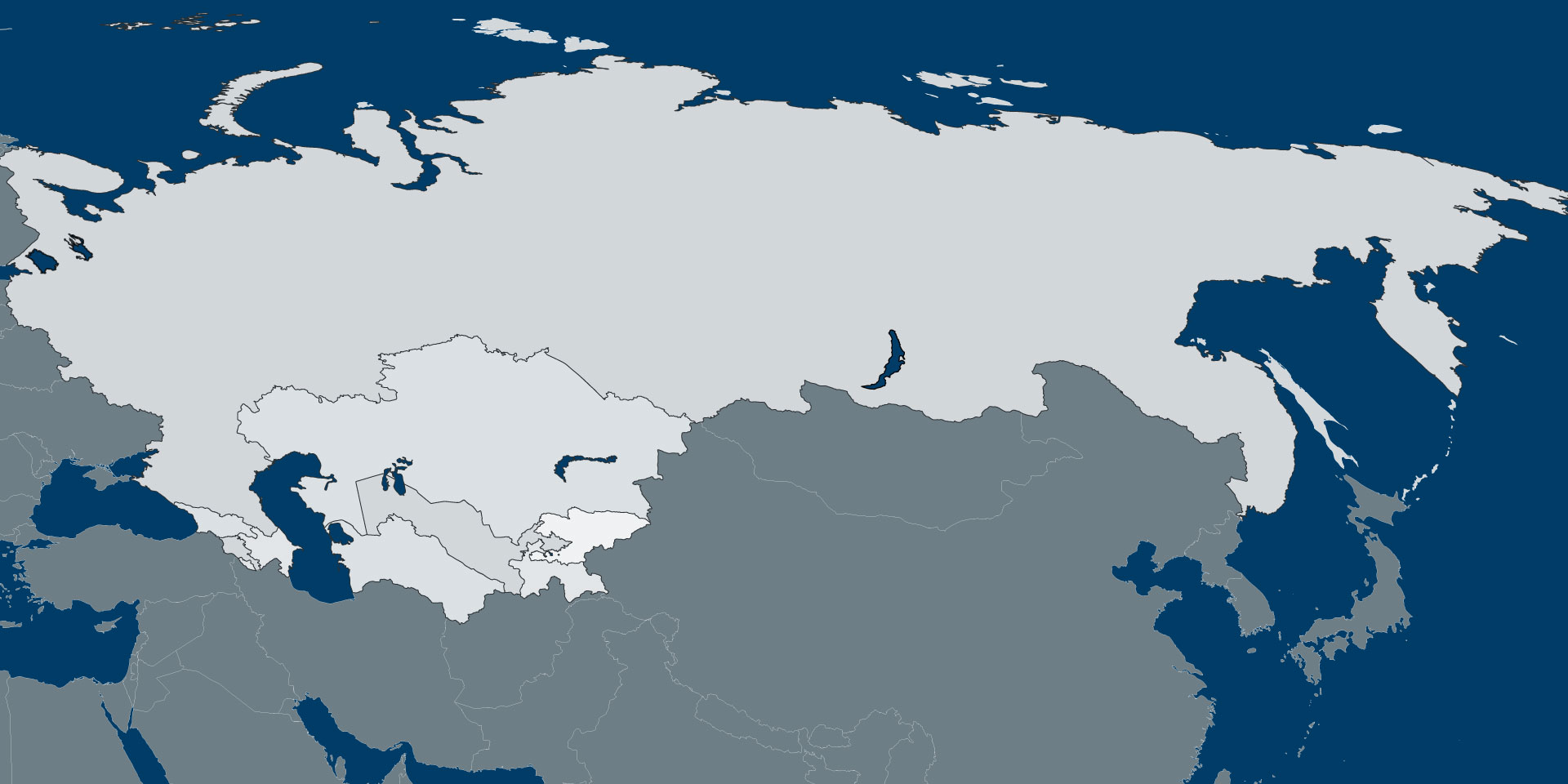[ad_1]

Synthetic opioids remain the source of the deadliest U.S. drug epidemic ever. Since 1999, drug overdoses have killed approximately 1 million Americans,1 an overdose lethality that has increased significantly since 2012 when synthetic opioids from China began supplying the U.S. demand for illicit opioids.
Even though China placed the entire class of fentanyl-type drugs and two key fentanyl precursors under a controlled regulatory regime in May 2019, it remains the principal (if indirect) source of U.S. fentanyl. Fentanyl scheduling and China’s adoption of stricter mail monitoring has created some deterrence effects. Instead of finished fentanyl being shipped directly to the United States, most smuggling now takes place via Mexico. Mexican criminal groups source fentanyl precursors — and increasingly pre-precursors — from China, and then traffic finished fentanyl from Mexico to the United States. Scheduling of fentanyl and its precursors in China is not sufficient to stem flows to the United States.
There is little visibility into China’s enforcement of its fentanyl regulations, but it clearly remains limited. U.S.-China counternarcotics cooperation remains fraught, and from the U.S. perspective inadequate. Rejecting U.S. blame of China for the opioid epidemic and emphasizing U.S. responsibilities for that calamity, Beijing points to its benevolence in anti-drug cooperation. But China’s cooperation with the U.S. in the global counternarcotics campaign has been subordinated to the overall deteriorated geostrategic relationship between the two superpowers. There is little prospect that in the absence of significant warming of the overall U.S.-China bilateral relationship, China would significantly intensify its anti-drug cooperation with the United States. U.S. punitive measures, such as sanctions and drug indictments, are unlikely to change that.
Structural characteristics of synthetic drugs, including the ease of developing similar, but not scheduled synthetic drugs and their new precursors — increasingly a wide array of dual-use chemicals — pose immense structural obstacles to controlling supply, irrespective of political will to prohibit and regulate their use and enforce the regulations.
The evolution of China’s posture toward illicit methamphetamine production in China and the trafficking of meth precursors from China provides important insights into the patterns and limitations of China’s international law enforcement cooperation. As with fentanyl precursors, China emphasizes that it cannot act against nonscheduled substances.
China takes counternarcotics diplomacy in Southeast Asia and the Pacific very seriously, but its operational law enforcement cooperation tends to be highly selective, self-serving, limited, and subordinated to its geopolitical interests. Nonetheless, after years of refuting international criticism for its role in meth precursor smuggling amidst burgeoning meth production in Asia, China has intensified its regional law enforcement cooperation at least with some countries. It has also mounted stronger internal regulatory measures even for nonscheduled drugs and has undertaken monitoring and interdiction operations. Yet Beijing rarely acts against the top echelons of Chinese criminal syndicates unless they specifically cross a narrow set of interests of the Chinese government. Chinese criminal groups cultivate political capital with Chinese authorities and government officials abroad by also promoting China’s political, strategic, and economic interests.
China-Mexico law enforcement cooperation against the trafficking of fentanyl and precursor agents for meth and synthetic opioids remains minimal. As with the United States, China rejects co-responsibility and emphasizes that controls and enforcement are matters for Mexico’s own customs authorities and other Mexican law enforcement to address. China has maintained this posture even as the presence of Chinese criminal actors in Mexico, including in money laundering and illicit value transfers (which are increasingly featuring barter of wildlife products for synthetic drug precursors), is expanding rapidly.
U.S. counternarcotics policy options vis-à-vis China can work through multilateral fora and emphasize China’s self-image as a global counternarcotics policeman and Beijing’s self-interest in preventing the emergence of synthetic opioid consumption in China, even as China points out its lack of domestic synthetic opioid use disorder. The United States can also encourage China to expand its anti-money laundering efforts, though no robust progress should be expected. U.S. indictments of Chinese companies and individuals on drug trafficking charges are important law enforcement tools, but will likely only reinforce China’s defensive crouch and limit its counternarcotics collaboration with the United States unless the overall bilateral relationship improves.
Given no global political appetite for scheduling a vast number of dual-use chemicals, encouraging the development and adoption of self-regulatory mechanisms for pharmaceutical and chemical industries around the world — including in China — may reduce the ease of availability of precursor agents for drug trafficking organizations. But the implementation of such measures and the obstacles to their effectiveness are far greater than in the case of anti-money laundering standards in the banking sector.
[ad_2]
Source link















